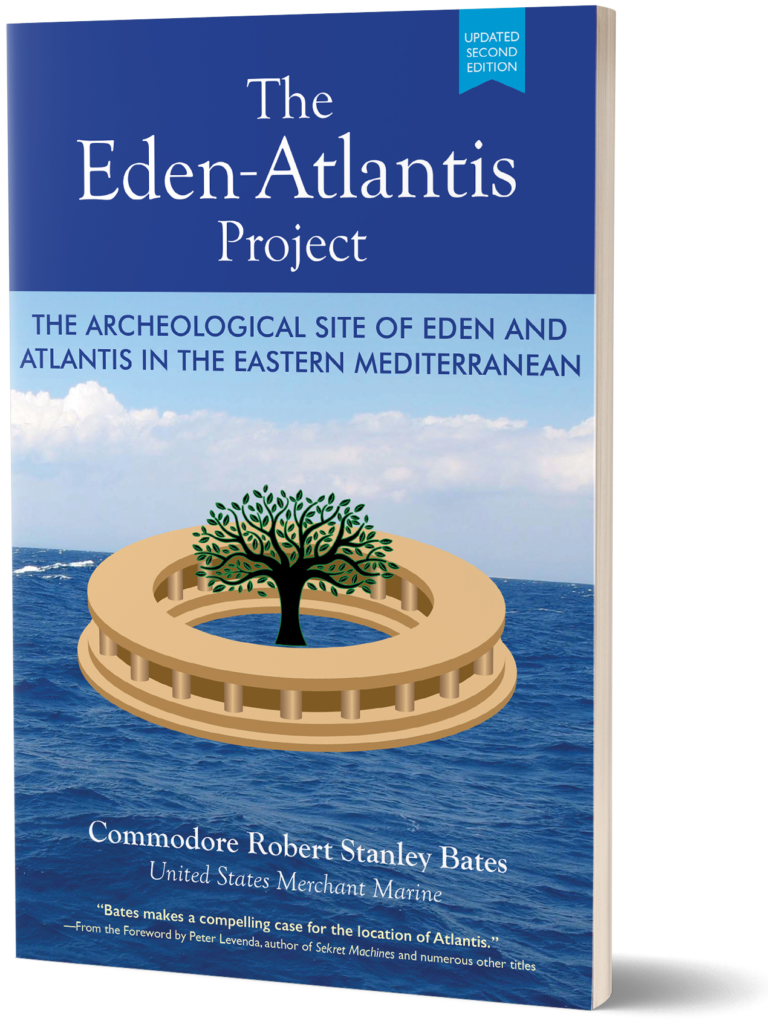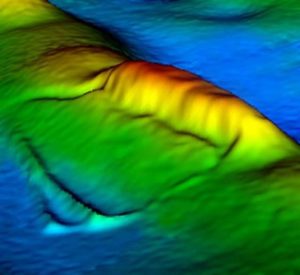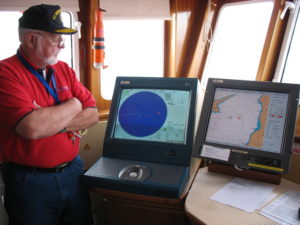New Book: Eden Atlantis Project
 Available now at Amazon
Available now at Amazon
INTRODUCTION
Plato’s legendary account of a sunken island civilization that he called Atlantis has fascinated adventurers for centuries. But the sophisticated archeological search for Atlantis has had to wait for our time, with its digital technology and advanced underwater research capabilities. Recent efforts to find Plato’s lost island have, I believe, culminated in two exciting underwater surveys in the eastern Mediterannean that were staged

in 2004 and 2006—both of which uncovered tantalizing evidence that strongly merits additional inquiry. In this essay, I argue that our search for Atlantis—or what some call Eden—may now be narrowed to a virtual sunken continent that geologists located decades ago in an underwater location adjacent to the island of Cyprus. In recognition of the likely confluence of the two great legends of Atlantis and Eden, I call the ongoing research into this sunken land the Eden-Atlantis Project. The main purpose of this short bookl is to offer you a thorough review of this recently obtained archeological evidence pointing to an Eastern Mediterranean location for Eden-Atlantis. A secondary purpose is to contextualize these new scientific facts with a brief examination of the historical evidence that a proto-civilization that some call Eden and which others say is Atlantis may have preceded the known civilizations of the ancient Near East. In my view, this great prehistoric culture predated that of the Sumerians and the Egyptians and may well have been their “mother” civilization.
My ultimate objective is to provide a novel explanation of the data acquired in the 2004 and 2006 expeditions. I offer this new interpretation not only because I played a vital part in both efforts, but because I have spent almost 15 years in ongoing reflection on our findings. This intensive focus has inspired me over these many years to embark on a journey to a wide variety of related

geological and historical sources that provide support to my revised interpretation. The result today is that I believe we may have uncovered, without realizing it, unmistakable human infrastructure on this landmass that was submerged in the eastern Mediterranean at a very distant time. In particular, the data resulting from our 2006 sub-bottom profiler (SBP) survey yielded some unexpected results that have not been previously understood: It points to the existence of at least two very large human-built artifacts that were able to survive war, flooding, and violent tectonic plate activity in pre-historic times. As I will show, this new data significantly increases our knowledge about human activities on this sunken continent, and if my interpretation is correct, it points to the need for a third expedition to this site. . . .
Animation Showing Flooding of Mediterannean Basin
According to The Urantia Book, “violent” volcanic activity at the juncture of three tectonic plates situated in the eastern Mediterannean near present-day Cyprus, combined with a massive tectonic shift further to the west near present-day Sicily, caused a massive flood of ocean water into the Mediterannean basin incoming from the west, thereby rising the sea level of this inland ocean. If true, this event—which is depicted here in an animation by Panikos Christophorou—may be related to the so-called Great Flood that is referred to in many ancient myths. As stated in the Urantia text: “. . . in connection with the violent activity of the surrounding volcanoes and the submergence of the Sicilian land bridge to Africa, the eastern floor of the Mediterranean Sea sank, carrying down beneath the waters the whole of the Edenic peninsula.” (73.7.1)
